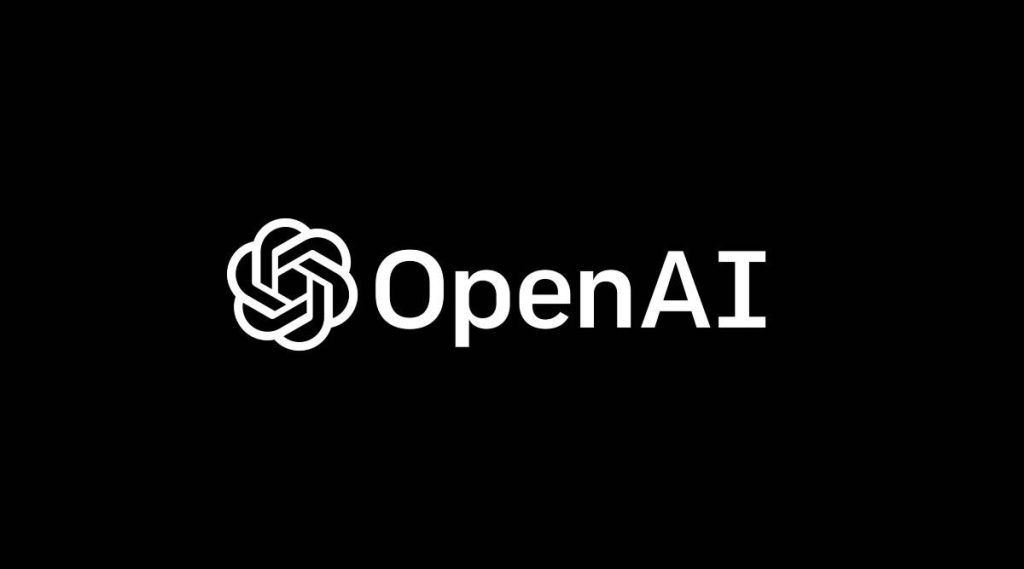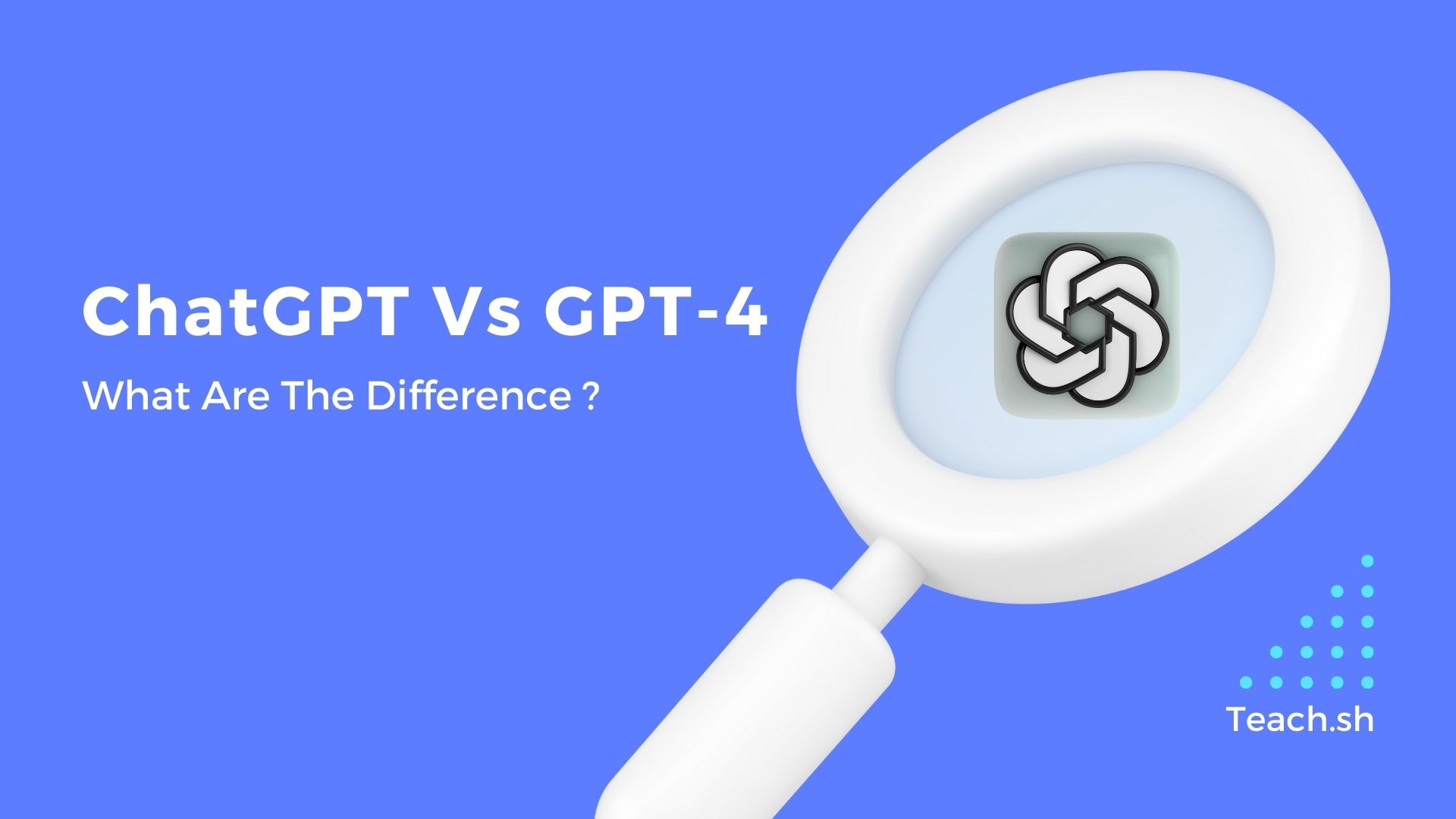Introduction
As artificial intelligence (AI) continues to develop rapidly, we are witnessing groundbreaking advancements in the field of natural language processing (NLP). OpenAI‘s GPT-4 and ChatGPT are two cutting-edge models that have garnered significant attention for their prowess in understanding and generating human-like text. In this article, we explore the key differences between ChatGPT and GPT-4, shedding light on their distinct features, applications, and limitations.

1. Foundation and Architecture
ChatGPT is based on the GPT-4 architecture, which is a generative language model developed by OpenAI. GPT-4 follows the success of its predecessor, GPT-3, and boasts improvements in scale, capability, and understanding. ChatGPT is specifically designed and fine-tuned for conversational applications, leveraging the GPT-4 architecture to provide coherent and contextually relevant responses in a dialogue format.
2. Purpose and Application
While both models excel in language tasks, their primary applications differ. GPT-4 is a more general language model that can be used for a wide range of tasks, including text generation, summarization, translation, question-answering, and more. Its versatility allows developers to use it for diverse applications across industries, from content creation to customer support.
On the other hand, ChatGPT is tailored for conversational use cases. Its primary goal is to facilitate meaningful and coherent interactions in a dialogue format. By leveraging the GPT-4 architecture, ChatGPT provides enhanced context-awareness, enabling it to maintain conversation flow and relevance over multiple exchanges with users.
3. Fine-tuning and Training
While both models share a similar foundation, they differ in their fine-tuning and training processes. ChatGPT is trained specifically to perform well in conversational settings, emphasizing context-awareness and coherent response generation. It undergoes additional fine-tuning to optimize its performance in dialogue-based applications. This extra layer of training refines ChatGPT’s ability to generate meaningful responses that align with user input and maintain the flow of conversation.
4. Limitations
Despite their impressive capabilities, both models have limitations. GPT-4, being a more general language model, may not perform as well as ChatGPT in conversational settings, especially when it comes to maintaining context and generating coherent responses over an extended dialogue.
Conversely, ChatGPT may not be as versatile as GPT-4 in handling a broad range of language tasks beyond conversation. Its specialized training makes it ideal for dialogue-based applications but may not deliver optimal results for tasks like text summarization or translation.
Conclusion
Although ChatGPT and GPT-4 share a common foundation, their primary applications and fine-tuning processes set them apart. While GPT-4 is a versatile language model capable of handling various language tasks, ChatGPT is specifically designed for conversational use cases, offering enhanced context-awareness and coherent responses in a dialogue format. Understanding these differences is crucial for developers and businesses looking to harness the power of AI-driven language models for their specific needs.


